Are Hyacinths Poisonous or Toxic to Cats?

Worried sick that your beloved feline might be in danger?
Wondering if those vibrant hyacinths are posing a threat? 😮
Hold your horses, my friend!
Let's dive in and separate fact from fiction.
What Makes Hyacinths Poisonous to Cats?
Hyacinths are toxic to cats due to the presence of harmful toxins in every part of the plant, including the bulbs, flowers, and leaves. These toxins, such as calcium oxalate raphides, can cause irritation and damage to the mouth, esophagus, and gastrointestinal system when ingested by cats.
Watch out, folks!
Hyacinths may seem harmless, but they can be seriously poisonous to cats, as well as to humans and other animals.
So if you have furry friends at home, make sure to keep these plants well away from them.
Now, let's talk about why hyacinths are so toxic for cats.
The truth is, every part of the plant contains harmful toxins.
And when it comes to the bulbs, they're loaded with oxalic acid, lactones, lycorine alkaloids, and calcium oxalate raphides.
But what's the big deal with these substances, you might ask?
Well, once ingested, they cause irritation inside and outside the body.
Those sharp crystals from calcium oxalate raphides really do a number on the delicate tissues of the mouth and esophagus. Ouch!
While severe cases are rare, they can happen if your curious cat eats a large amount of the bulb.
So my advice?
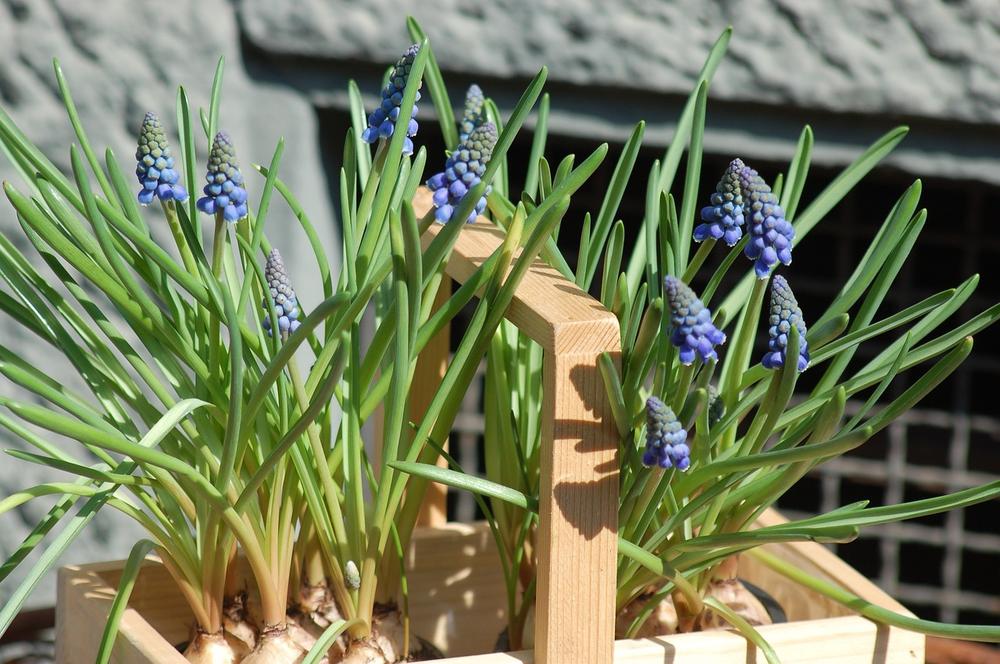
Better safe than sorry, right?
But wait, there's more.
It's not just the bulbs that pose a threat.
Even the flowers and leaves can spell trouble. They contain toxins that can cause oral irritation and stomach problems for our feline friends.
So how do you know if your cat has fallen prey to hyacinth toxicity?
Watch out for symptoms like vomiting, diarrhea, tummy pain, seizures, and even death. Not a joking matter, believe me.
If you have hyacinths in your home, I strongly suggest keeping them out of reach from your curious pets.
And don't forget, wearing gloves when handling these plants is a smart move to avoid any skin discomfort.
This is especially crucial if you have little kittens around who are particularly susceptible to hyacinth poisoning.
Now that you're aware of the dangers hyacinths pose to cats, let's prioritize the safety of our four-legged pals and stay away from these toxic beauties.
And what happens if your cat actually ingests hyacinths?
Let's dive deeper into the symptoms and potential dangers...
What Are Symptoms of Hyacinth Poisoning?
Vomiting, diarrhea, and abdominal pain are unpleasant symptoms of hyacinth toxicity in cats.
Alongside these discomforts, excessive drooling, respiratory issues, changes in heart rate, convulsions, and skin irritation may occur.
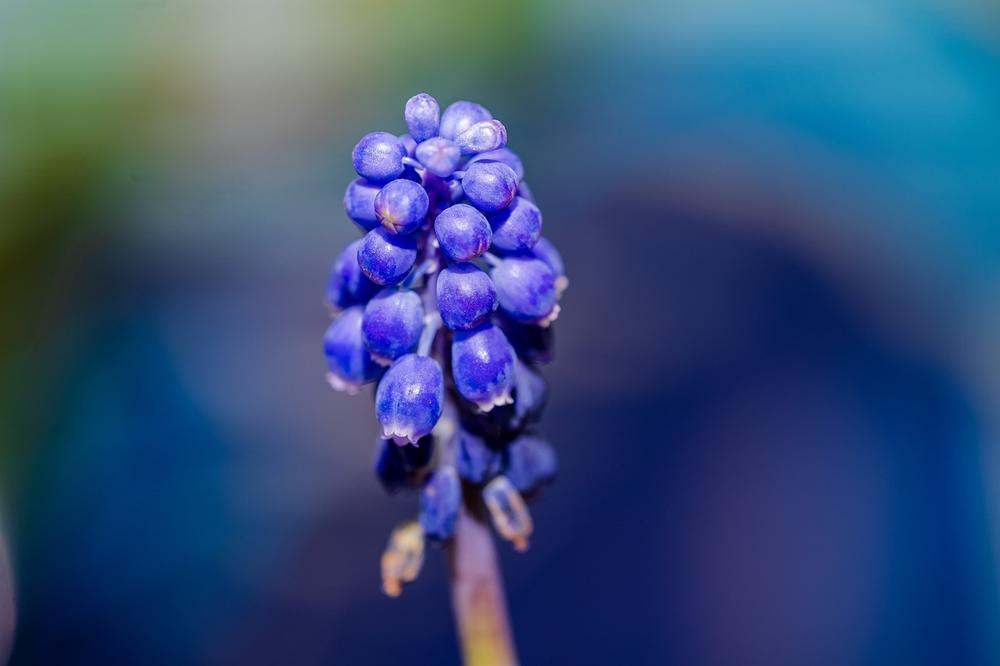
Unfortunately, cats can also suffer from dehydration, liver damage, kidney failure, and cardiac arrhythmias when exposed to hyacinth plants.
Thankfully, most feline friends avoid consuming large quantities of hyacinth due to the pain and mouth irritation caused by chewing on the plant.
Remember to keep an eye on your furry companions and limit their access to potentially harmful greenery like hyacinths.
How to Diagnose Hyacinth Poisoning in Cats?
If your cat is showing signs of hyacinth poisoning, like vomiting or diarrhea, you have to take the right steps for diagnosis and treatment. 😿
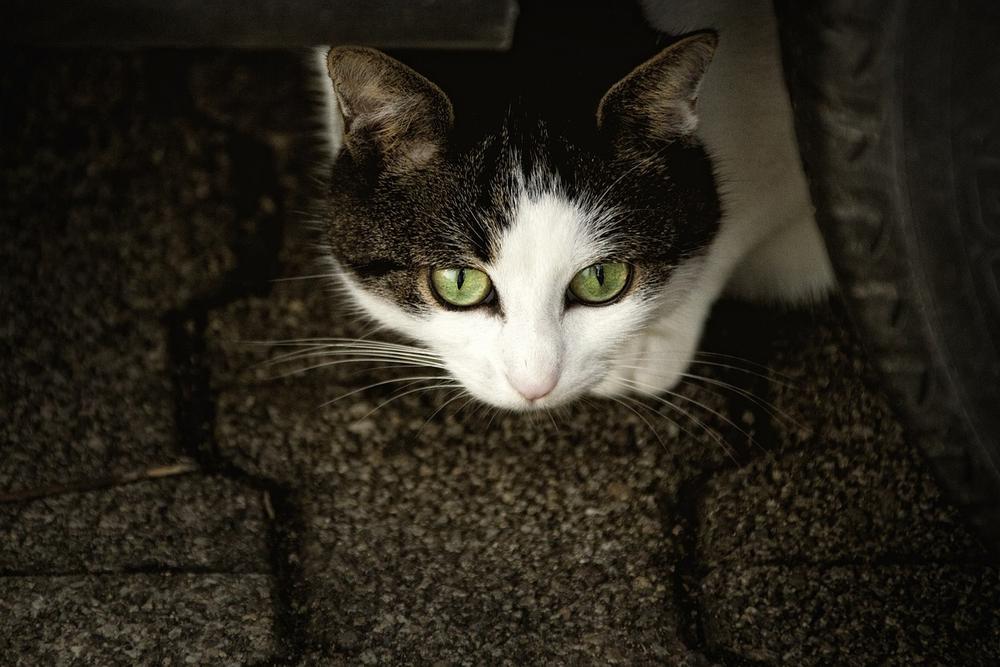
Here's what you need to do:
- Keep an eye out for initial symptoms such as vomiting, diarrhea, lethargy, and trouble breathing.
- Give your cat a physical exam to see if there are any obvious signs that they ingested hyacinth or if they seem uncomfortable.
- Get routine blood tests done to check for any abnormalities and see how their organs are functioning.
- Take a urine sample to see if there's any kidney damage from the hyacinth toxins.
- Remember, cats are good at hiding their pain so it's crucial to have a professional assess them.
- If you suspect hyacinth poisoning, don't wait - call a vet right away.
- The vet will determine the best treatment based on how severe the poisoning is, which may involve fluids, medications, and supportive care.
Ensure your cat's well-being and effectively handle any possible hyacinth poisoning by faithfully adhering to these instructions and remaining alert.
Intervening early is key to reducing the negative impact on your furry friend's health.
Treating Hyacinth Poisoning in Cats
To effectively treat hyacinth poisoning in cats, follow these 10 steps:
- Administer activated charcoal to absorb toxins.
- Seek immediate veterinary care if ingestion has occurred.
- Stabilize the cat's condition.
- Remove any plant material from the mouth if necessary.
- Provide supportive care.
- Monitor vital signs closely.
- Administer medication for heartbeat normalization if needed.
- Give intravenous fluids to address dehydration.
- Use activated charcoal as an additional aid in toxin absorption.
- Remove remaining hyacinth plant material and wash out the cat's mouth to alleviate irritation. 💊
Act quickly, and your cat has a good chance of making a full recovery.
Act quickly to treat hyacinth poisoning in your cat.
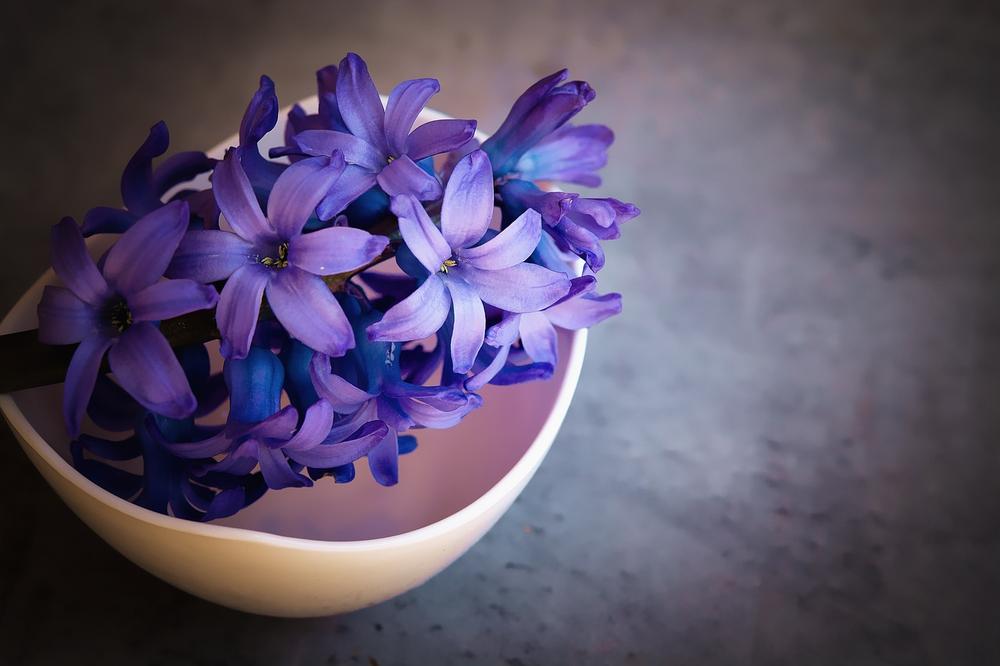
But don't stop there, because you should also be aware of the potential dangers of daffodils.
If you want to find out if daffodils are poisonous to cats and what to do if your cat ingests them, I highly recommend checking out Are Daffodils Poisonous to Cats.
It's a resourceful guide that will provide you with the information you need to keep your feline friend safe.
How to Prevent Cat From Getting to Hyacinth?
Here are some effective ways to prevent your cat from getting to hyacinths:
- Create barriers using natural deterrents like citrus peels, coffee grounds, pine needles, or peppermint oil.
- Unpleasant smells from ointments, cleaning products, and natural deterrents can discourage cats from reaching the plants.
- Consider fencing off your garden areas or keeping cats indoors to keep them away from hyacinths.
- Space hyacinth bulbs apart and plant them deep in the ground to deter cats from digging them up.
Now, here's the thing:
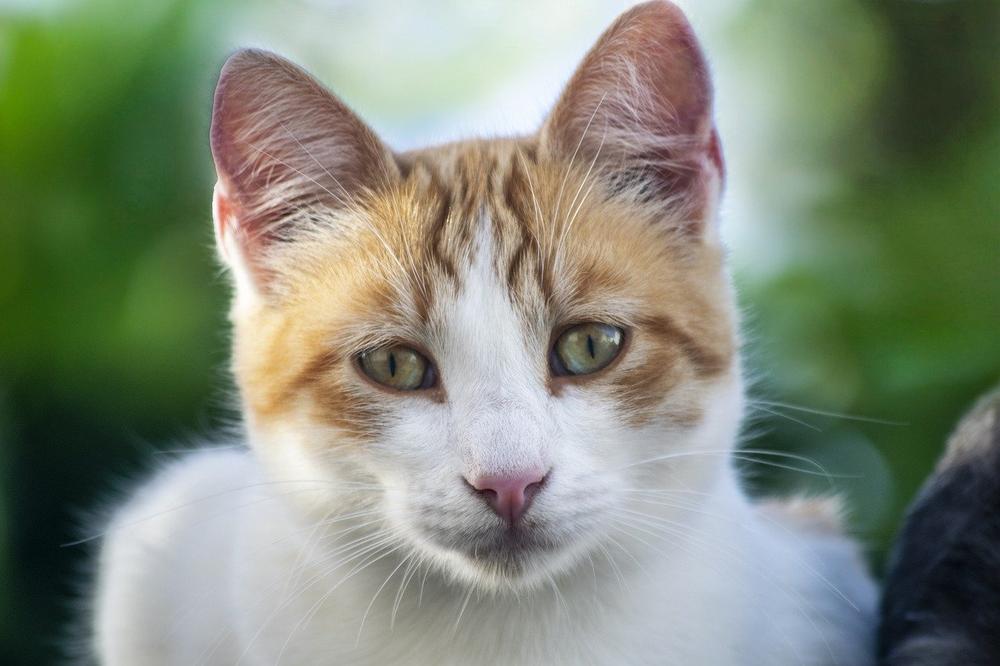
To avoid exposing cats to toxic plants, you need to keep hyacinth plants out of their reach. This means preventing access to areas where these plants are present.
It's important not only for the safety of your cats but also for small children and other pets in your household.
Taking precautions both indoors and outdoors, such as selecting non-toxic plants and monitoring outdoor activities, will help reduce the risk of poisoning for cats. 😺
Alternative Flowers That Are Safe for Your Cat
Here are some alternative flowers that are safe for your cat:
- Grape hyacinth (Muscari): This nontoxic flower resembles hyacinths and poses no harm to cats. It blooms in clusters of brightly colored blossoms during early spring. The flower's bell-like or trumpet-shaped appearance and fragrant scent make it a popular choice.
- Hyacinths: These bulbous flowers come in various shades such as purple, pink, blue, white, or yellow. Originating from the eastern Mediterranean region, hyacinths were once a symbol of wealth and prosperity. They are not harmful to cats and can be enjoyed as ornamental plants in spring gardens.
Additionally, hyacinth flowers have an impressive lifespan, lasting several weeks before withering away.
While hyacinths pose no threat to cats, it's still essential to keep other poisonous flowers out of reach. By opting for safe alternatives like grape hyacinths, you can ensure your feline friend's well-being and enjoy the beauty of spring blooms without worry.
Hyacinths and Cats: A Purr-fect Floral Choice
Key takeaways:
- Hyacinths are poisonous to cats, humans, and other animals.
- All parts of the plant contain toxins, especially the bulbs.
- Ingesting hyacinth bulbs can cause internal or external irritation.
- Poisonings from hyacinth plants can be fatal if a large portion of the bulb is consumed.
- Flowers and leaves of hyacinths can cause oral irritation and gastrointestinal problems.
- Symptoms of hyacinth toxicity in cats include vomiting, diarrhea, abdominal pain, seizures, and even death.
- Kittens are particularly vulnerable to hyacinth poisoning due to their small size and curiosity.
- If your cat has consumed any part of the hyacinth plant, take them to a vet immediately.
- Treatment involves administering activated charcoal and providing supportive care.
- Natural deterrents, fencing off garden areas, or keeping cats indoors can prevent access to hyacinth plants.
- Grape hyacinth (Muscari) is a different plant that is not harmful to cats.
And that wraps up today's article.
If you wish to read more of my useful articles, I recommend you check out some of these: Are Asparagus Ferns Toxic to Cats, Are Snapdragons Poisonous to Cats, Is Jasmine Essential Oil Safe for Cats, Is Ivy Toxic to Cats, and Is Dracaena Toxic to Cats
Talk soon,
-Sarah Davis